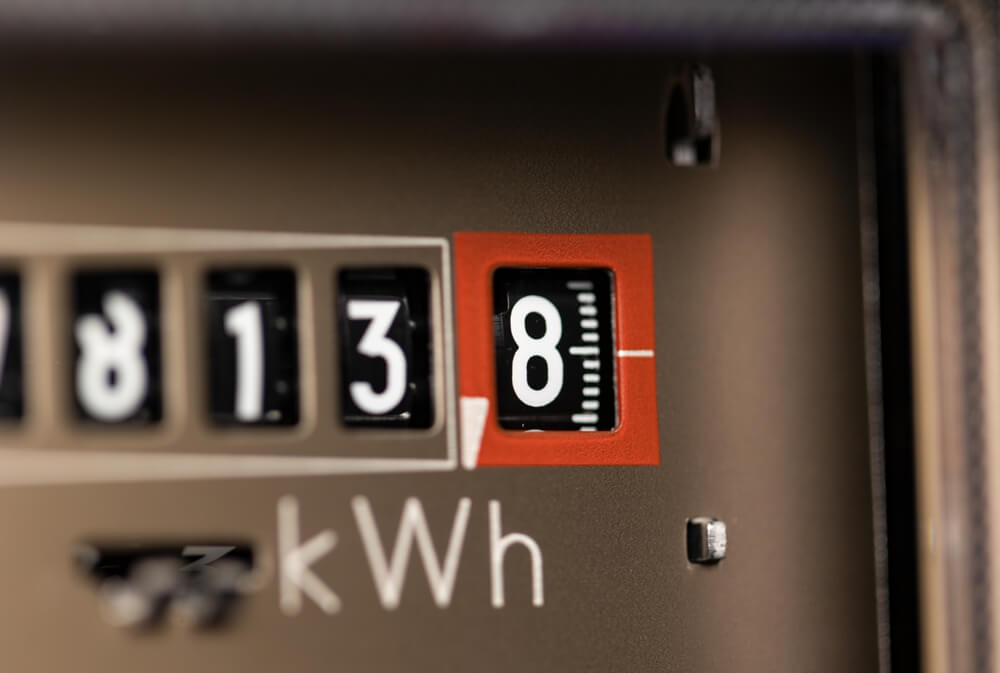October 8, 2024 Georgia Young
Key metering terms explained

This blog is here to clarify key terms and concepts that are specific to industry operations and metering. Whether you’re a seasoned professional or new to the industry, this glossary will help you understand the terminology we use daily.
What are the types of meters to be aware of?
AMR (Automated Meter Reading): AMR refers to the type of meters that can be accessed remotely by a data collection agent so that its stored consumption data can be downloaded.
SMETS (Smart Metering Equipment Technical Specification): SMETS meters can be accessed remotely by the Data Communications Company so that their stored data can be easily accessed. A meter must meet certain specific technical requirements to be labelled as ‘SMETS’.
Dumb Meter: The term Dumb Meters refers to meters that are incapable of being accessed remotely. This means that readings must be submitted manually to a supplier for billing.
Fiscal Meter: A fiscal meter is any meter which is billed by an energy supplier, regardless of its remote capabilities.
Sub Meter: A sub meter sits behind the fiscal meter and is not billed by the supplier. They are often used to monitor usage on a more specific level compared to a fiscal meter.
What are the key technical terms to be aware of?
CT (Current Transformer): Current Transformers are installed on electrical connections with high loads, so that a meter can measure consumption at a reduced load.
VT (Voltage Transformer): A voltage transformer reduces high voltage to a lower voltage suitable for measurement or monitoring. Voltage transformers are essential for safe and accurate metering in high-voltage systems.
Diaphragm: This term refers to a meter used specifically for measuring gas consumption. They work using a membrane (the ‘diaphragm’) that measures the pressure of gas passing through.
Rotary: Meters that are typically used to measure gas consumption on larger supplies. They work by measuring the velocity of gas passing through using a rotary blade.
Turbine: Turbine meters are typically used for the largest gas supplies. While they are like rotary meters, they employ different measurement principles which makes them more accurate at higher volumes.
Who are the main industry parcticipators?
DNO (Distribution Network Operators): DNO refers to licensed companies that own and operate the network of cables, transformers and towers that bring electricity from the national transmission network to businesses and homes.
IDNO (Independent Distribution Network Operators): The IDNO connects to the local distribution network (i.e. the DNO network) to supply new housing and commercial developments with electricity.
MOP (Meter Operator): The meter operator is responsible for the maintenance of your fiscal electricity meter; it is their responsibility to ensure that the meter is fully functional and able to record and send consumption data remotely.
DC (Data Collector): The is responsible for obtaining reads and consumption data from your meter and distributing this to the relevant parties; they differ from the MOP as they do not undertake physical works, however they can report issues to the MOP and suppler via industry flows.
DA (Data Aggregator): The Data Aggregator acts as quality control on the data collected form the meter by the DC and are responsible for reviewing the accuracy of the electricity data sent to the energy supplier.
DCC (Data Communications Company): Data Communications Company is the only company authorised to manage the remote collection of data from SMETS compliant meters. They have built and manage the communications network responsible for this.
GT (Gas Transporters): Gas Transporters are licensed companies that own and operate the network of pipelines that supply gas into your business and home nationally.
IGT (Independent Gas Transporter): The IGT operates the same as the GT but on a smaller local scale rather than a national. MAM (Meter Asset Manager): The Meter Asset Manager is responsible for everything to do with your gas meter; this includes, instillation, removals, fixing issues and where possible data collection. With electricity the roles are split among the MOP and DC/DA, for gas the role is combined.
What are the types of market databases?
Key centralised industry databases exist that contain information on a business’s utility supplies. This information ranges from metering details to utility-specific supply information.
They key databases are ECOES (Electricity), XOServe (Gas) and MOS (Water).
How can Amber help?
We offer a range of services that will support and improve your business’s energy strategy. Please get in touch to find out how we can support you.